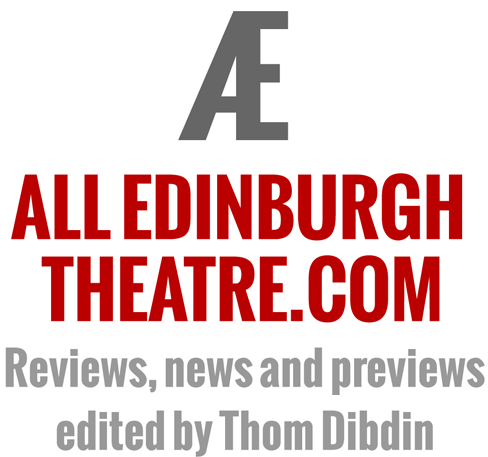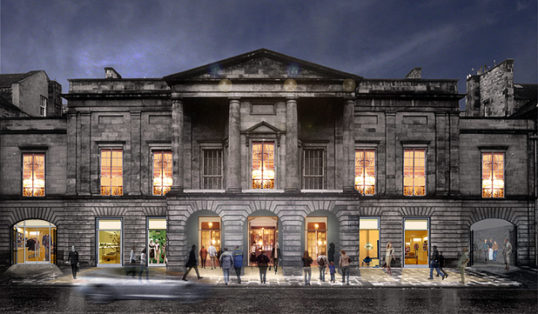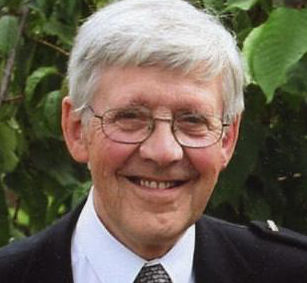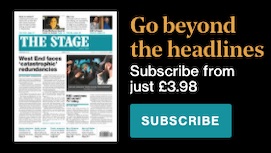The First Edinburgh Festival
In the first of two special features exclusive to Æ, Bruce Cannon remembers the beginnings of the Edinburgh Festival and fringe.
Memories of one who was there – part one
I was a schoolboy in Edinburgh in 1947 and remember well the air of excitement in the city as the first Festival was about to be launched.
I was not too sure what it was all about, but posters for various concerts began to appear and some of the shops put on special window displays. Even the trams entered into the spirit of the occasion by sporting three small flags on the ropes of the trolley poles connecting the trams to the overhead power lines.
It was only two years since the end of the Second World War and the country was faced with the reality of post-war austerity. Rationing was still part of ordinary life and there was a continuing shortage of consumer goods.
Against this background it was inevitable that there were critics who doubted whether this unknown and untried venture was at all appropriate. However, as I later discovered, the organisers made a plea for the Festival to be seen as an attempt to recover much of the cultural influences that had been lost in the War, and this plea won the day. It was a dramatic gesture towards a better world.
The Town Council, led by the Lord Provost Sir John Falconer, backed the project with a commendable demonstration of civic financial support. Rudolf Bing, Managing Director of Glyndebourne Opera, one of the principal visionaries for a post-war festival, was appointed its first Artistic Director.
In that first year Rudolf Bing brought a dazzling array of world famous musicians and artistes to the city, including Bruno Walter, John Barbarolli, Kathleen Ferrier, Artur Schnabel, the Louis Jouvet theatre company from Paris and the Glyndebourne Opera.
parallel enterprise
In a parallel enterprise, the Edinburgh Film Guild organised the first international festival of documentary films with 75 films from 18 countries. It was opened by John Grierson, the eminent documentary maker.
The venue was the small Cameo Cinema which was already well known for showing European films. To many of us at the time, the Cameo was regarded as a very posh place for very select audiences able to cope with foreign films. Changed days!
Edinburgh was well placed to house musical and theatrical performances. There were the Lyceum, Empire and King’s Theatres, the Usher Hall, and the Freemasons’ Hall. Among other unexpected venues was the Church of Scotland Assembly Hall, the scene of the annual gathering of ministers and elders for the Annual General Meeting of the Kirk. To the surprise of many, the Church approved the use of their hall as a Festival venue.
The first production in the Hall came the following year when Tyrone Guthrie staged his spectacular production of The Thrie Estates, a satire on church and civic life written by Sir David Lyndsey of the Mount, some years before the Reformation. Robert Kemp, a well-known Scottish writer, adapted the play for modern usage but retained much of the original Scots tongue in the dialogue.
inspirational design
Guthrie adapted the central podium from which the Church officials conducted the Assembly business into a novel “apron stage” with bench seating on three sides. It was an inspirational design that was adapted in many creative ways in years to come. The play was a great success and helped establish drama as an important element in the Festival alongside music and opera.
I remember the publicity surrounding the appearance of the first Festival Programme, a smart publication, with several pages of performance details and photographs and biographies of the artists. The design of subsequent Festivals programmes was to become a major publicity event. The design for each year’s programme was a matter for great debate.
At home in Edinburgh, my widowed mother and I were joined by two retired schoolteachers from Aberdeen who had come to Edinburgh to relish all that the Festival had to offer. They told us later that they realised the trendy style of the event required serious Festival-goers to walk around the city with the Programme, as they put it, “clutched to their bosoms and looking frightfully cultural”.
The great place to be seen was the Festival Club in the Assembly Rooms in George Street. This was to become the social centre of the Festival. The club was open to anyone on payment of a membership fee which entitled members to use all the facilities including a restaurant and comfortable lounges.
late licence
As it was the only place in the city with a late licence, it was particularly busy in the late evening. It was here you could see and mix with Festival celebrities, some having just come from a concert or show.
The scale of the Festival, with its astonishing concentration of world-famous performers in one city, brought music, theatre and art critics from all over the world. It was the presence of all these critics that further emboldened many amateur and semi-professional performers to come to Edinburgh in the hope that they might be seen and get a break into professional theatre.
The second part of Bruce Cannon’s account of 70 years of Edinburgh festivals is here: Birth of the Fringe.
ENDS





















Comments (1)
Trackback URL | Comments RSS Feed
Sites That Link to this Post